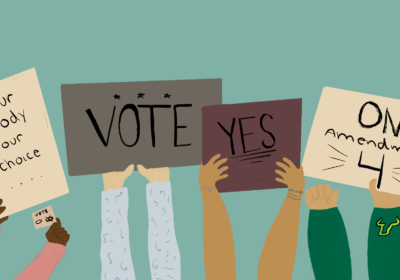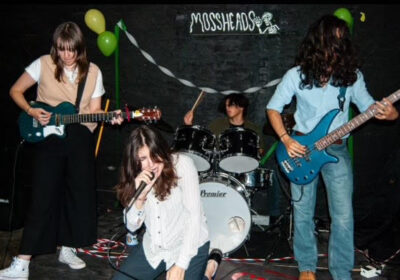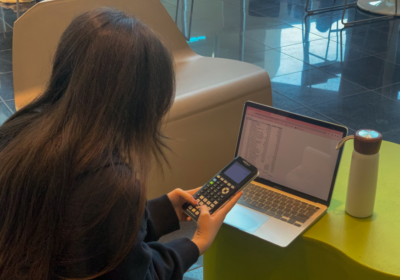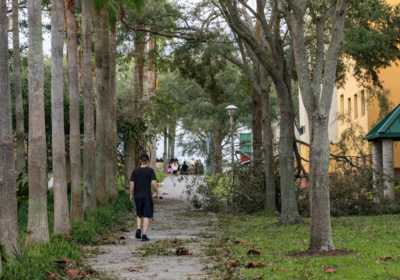OPINION: New garage is not solution to parking problem
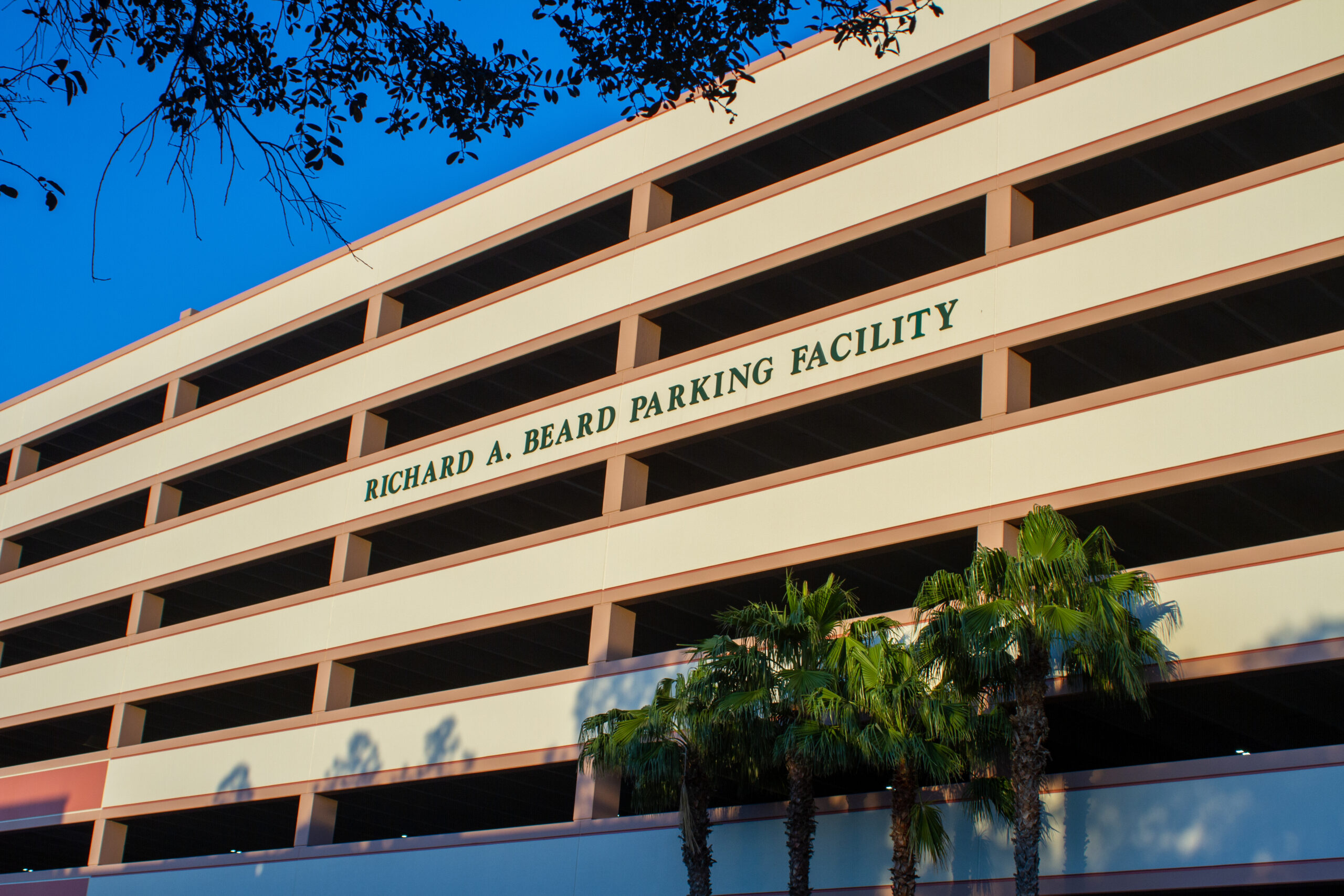
For years, USF has had problems with the parking, or lack thereof, on campus. Several students have called for new parking facilities as the solution to this issue.
While this may seem reasonable at first, new parking lots and garages are not the answer. Instead, USF should encourage and develop other forms of transportation so students don’t feel like driving is their only option.
Students have been complaining about the parking problem for years, and rightfully so. Finding parking is often a struggle, with just over 20,000 parking spots on campus and more than 44,000 students on the main campus, according to USF’s website.
However, building new parking facilities will likely do more harm than good, on environmental, cost and safety levels.
USF prides itself on being an environmentally friendly university, even charging students a green energy fee of $1 per credit hour to fund sustainable amenities and projects, as stated by the USF Undergraduate Tuition Rates for fall 2021 and summer 2022.
As a result, it hardly makes sense for the school to cover what green space it has with a layer of pavement for a new parking lot.
There is also barely, if any, room for a full parking lot in a location that would benefit students. A look at the campus map shows there is not much central space that is not already taken up by buildings or parking lots.
Multi-tiered parking garages would take up less space, but they come with their own problems. In particular, the hefty price tag.
A 2,000 space garage could range from $30 million to $40 million or more, Associate Director of Communications Aaron Nichols said in a March 24 email.
At roughly $20,000 per parking space, a new garage would be a questionable financial decision by the university and could lead to even more expensive parking passes for students.
When asked if a new garage would affect prices of parking permits, Nichols said it would be decided during the planning stages of funding a new garage.
The solution to this issue lies not in making more room for cars, but in focusing on the other forms of transportation, such as walking or taking public transit.
A more cost-effective and environmentally friendly solution would be to allocate resources, making these alternatives safer for students.
Not all students can live on campus, which means limited options of travel and succumbing to university parking spots.
However, there are plenty of students living on or around campus who have more options, such as walking or taking public transport. If the university can help provide other options for these students, there would be less demand for parking spots.
Being a pedestrian in and around USF can be dangerous. Fletcher Avenue, Fowler Avenue, Bruce B. Downs Boulevard and other roads surrounding the campus are far from safe for those walking, cycling or skateboarding.
The intersection of Bruce B. Downs Boulevard at Fletcher Avenue is known to be a hotspot for accidents, according to the law firm Anderson & Anderson.
Public transportation, such as the Bull Runner, are safer alternatives that USF could develop further. Per mile, public transit is 10 times safer than driving your own vehicle, according to the National Safety Council.
USF has its own bus system, the Bull Runner, which has stops throughout campus and in the surrounding area, but much of the system is outdated and impractical.
It is difficult to know if and when the bus will arrive, and this is not very useful for students who need to get to class on time.
“[The] Bull Runner would be great but I don’t use it because they don’t seem to have an actual schedule, only ‘live maps’ that mean you can’t plan a route anytime in advance or have any idea of how long it will actually take to get anywhere, so I drive instead,” user @L-accord said in a post on the USF subreddit.
“[It] would be cool to use the bus, because I like them, but as it stands right now, late-ness isn’t even the issue, when the way they set it up is so you can’t plan a trip in advance at all.”
The university needs to focus on updating the bus system and making the roads safer by cracking down on dangerous driving so students don’t feel like driving around campus is their only option.
USF leaders should be lobbying for improvements to the county’s infrastructure that will benefit students and the school as a whole.
Parking will automatically become less of an issue if USF provides and encourages safe and practical options other than driving.

